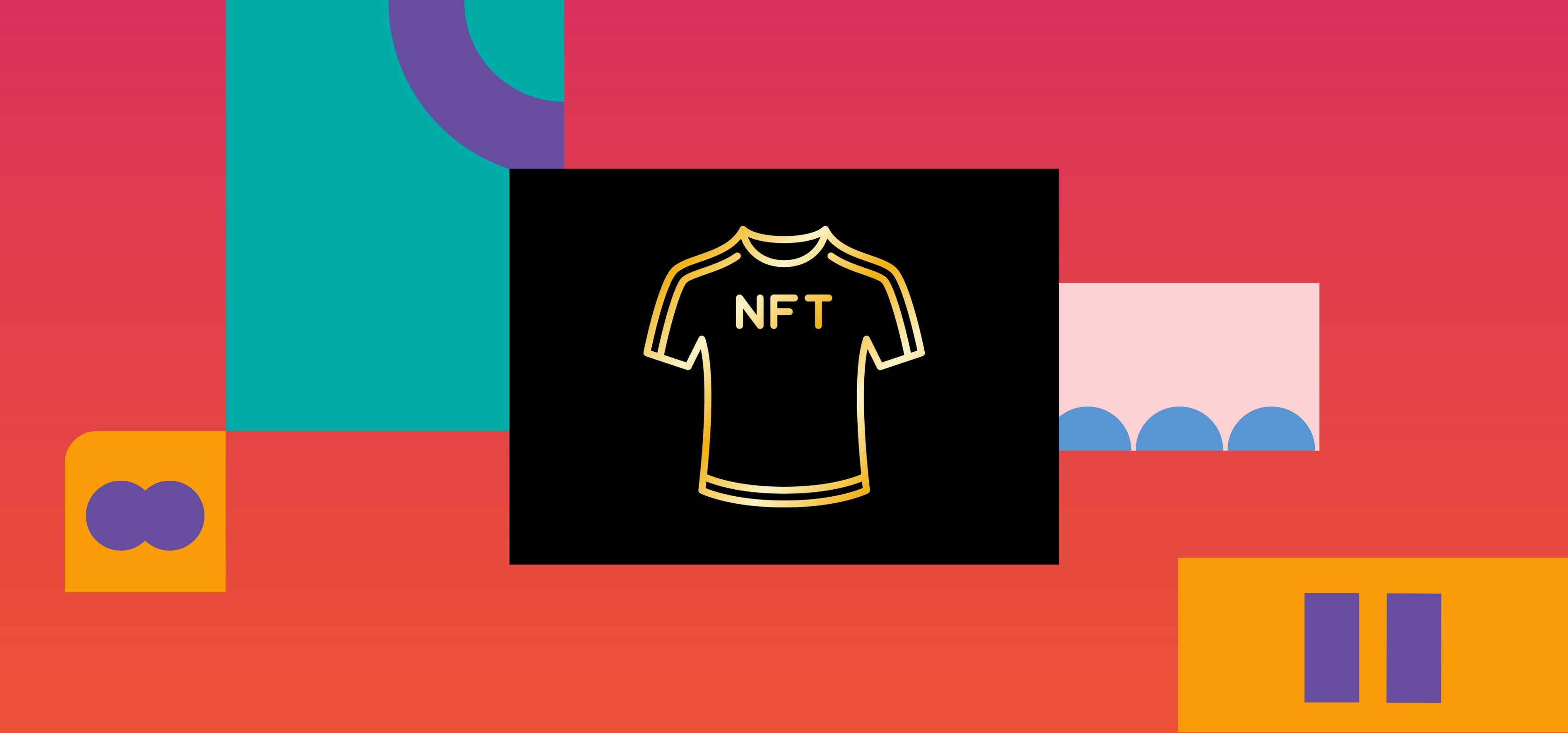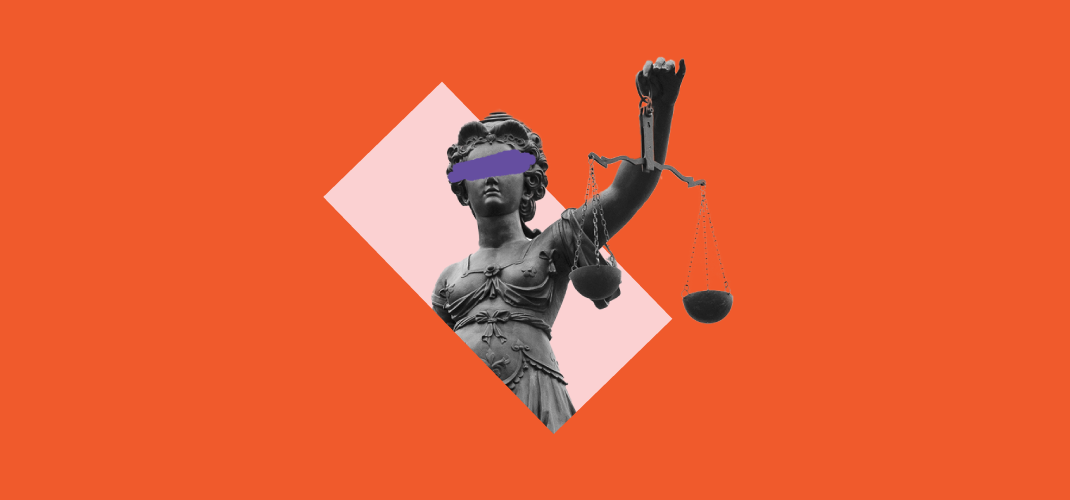
QAnon: The other pandemic
In the darker recesses of the internet, the QAnon phenomenon thrives. Rooted in an almost messianic dedi...

In the 1990s, Italy’s Serie A was known as the most competitive, best-paid, and appealing football league, for fans and players. In the late 2000s and 2010s, Spain’s La Liga featured the world’s top players and its two biggest clubs, Barcelona and Real Madrid, dominated continental football, winning seven out of 10 Champions League titles in a decade.
But since then, the English Premier League (EPL) has risen to an unmatched level of prestige. Looking at key metrics defining a league’s commercial success, the Global Sports Salaries survey 2019 shows:
Total player salaries by league
Value of league TV broadcast rights
And Deloitte’s Football Money League report 2023, ranking the world’s richest clubs, shows:
Number of teams in each league
The fall from grace of Serie A and La Liga stems from numerous factors. Ageing infrastructure, financial mismanagement and money concentrated in the hands of a relatively small group of clubs are parts of the puzzle.
However, another key element is the ability of the EPL to adapt to an increasingly digital world in the last decade and market the league to new fans globally.
This is something the leaders of Italian and Spanish football are working to remedy. Serie A CMO Michele Ciccarese summed up the league’s efforts to address the problem, “Serie A used to be the best league 15 years ago. But we were too focused on the domestic and we slept … we wanted partners who could help us close the gap with the other leagues and get closer to fans.”
As part of this new strategy, Serie A went after new business partners able to connect them to a global network of fans, gaining seven new partners in a few years – including media company OneFootball. OneFootball saw digital collectibles as the ideal solution and, after signing a deal with Serie A, began licensing NFTs based on the league’s great players, games and goals.
Michele elaborated on this plan, “we have this heritage, of the great Juventus, Milan teams, and we wanted to connect that to younger fans”.
This is a strategy adopted by La Liga too, with the La Liga Golazos marketplace launched in late 2022 to sell digital collectibles based on the Spanish league’s most memorable moments. The platform took more than three years to build its proprietary flow blockchain, but to date has recorded 30 million transactions from football fans across the world.
Diego Forlan, former La Liga star and current league ambassador, said that adopting blockchain technology to link a dominant past to a more competitive present was a wise move in the long term, as it will keep the league relevant by creating another way “for the kids to see great goals many years ago in La Liga.”
To many, digital collectibles are just a new form of investment asset, devoid of the deeper social meaning found in tangible memorabilia items such as trading cards or magazines.
Lucas von Cranach, OneFootball founder and CEO, said this is the wrong way to treat NFTs, “first and foremost, people see digital collectibles as a commercial opportunity. But I always say ‘money follows the best experiences’ and if you don’t build the experience around digital collectibles, connecting fans to memorabilia and moments, there will be no money.”
For Michele, the digital collectibles partnership with OneFootball is about making fans Serie A’s custodians and stakeholders, “we speak with more than 540 million fans of the league all over the world and we want to support these fans in owning the content of the league.”
Jorge Urrutia del Pozo, VP of football and general manager of LaLiga Golazos, echoed this sentiment, “we’re building this product for fans. We don’t think about this as a form of investment.” Given the problematic year NFTs have had, digital collectibles may not be the whole answer. But, perhaps Serie A and La Liga have cracked the code for competing with the bright lights of the EPL, bringing stars — new and old — to a generation of digital fans.
Main image of a digital football shirt. Venomous Vector/Shutterstock

In the darker recesses of the internet, the QAnon phenomenon thrives. Rooted in an almost messianic dedi...

Where can people access quality reporting? What is the future of...